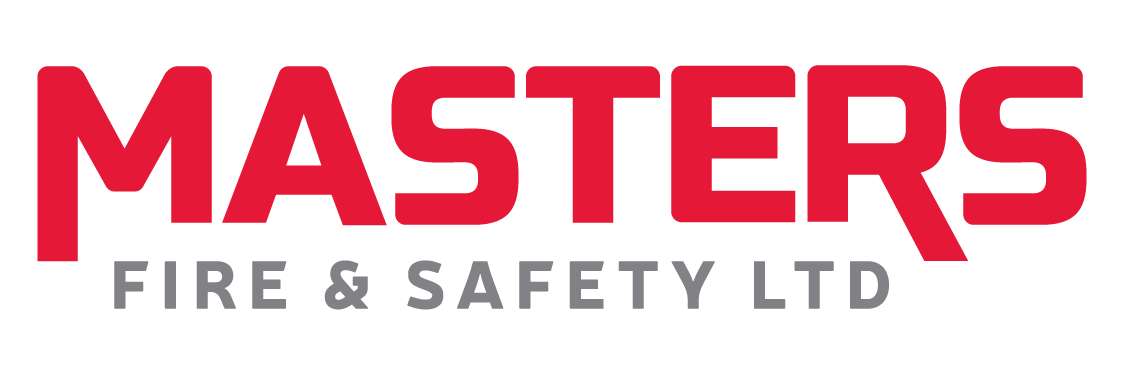What is the difference between a wet and dry chemical system?
A wet chemical system is the most commonly used fire suppression system to extinguish cooking oil fires. It is the primary source of extinguishing kitchen fires. The wet chemicals suppress fire by a process called saponification. Saponification is a chemical reaction that occurs when a vegetable oil or animal fat is mixed with a strong alkali. Saponification value is a measure of the amount of potassium hydroxide needed to neutralize one gram of fat or oil. The most common types of cooking media, i.e., animal fats (or lard), vegetable oils and peanut oils have similar saponification values. Other fats, such as cocoa, have substantially higher saponification values and therefore are more difficult to be extinguished. Dry Chemical Systems
|


 Wet Chemical Systems
Wet Chemical Systems A dry chemical system is primarily used to extinguish flammable liquid fires that are not of appreciable depth. The dry chemical system is non-conductive and thus can be used on flammable liquid fires that involve live electrical equipment. The dry chemical interrupts the chemical reaction of fire by removing the oxygen from the source. When the multipurpose dry chemical is discharged into a burning ordinary combustible, the decomposed mono-ammonium phosphate leaves a sticky residue (metaphosphoric acid) on the burning material. This residue helps in extinguishing the fire and prevents re-ignition by sealing the glowing material from oxygen.
A dry chemical system is primarily used to extinguish flammable liquid fires that are not of appreciable depth. The dry chemical system is non-conductive and thus can be used on flammable liquid fires that involve live electrical equipment. The dry chemical interrupts the chemical reaction of fire by removing the oxygen from the source. When the multipurpose dry chemical is discharged into a burning ordinary combustible, the decomposed mono-ammonium phosphate leaves a sticky residue (metaphosphoric acid) on the burning material. This residue helps in extinguishing the fire and prevents re-ignition by sealing the glowing material from oxygen.